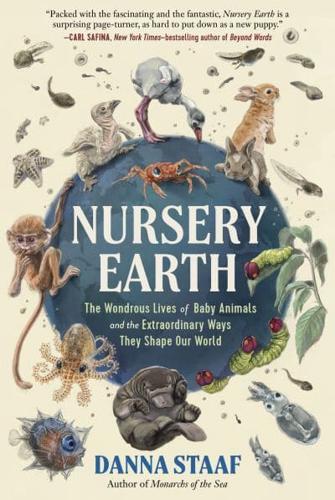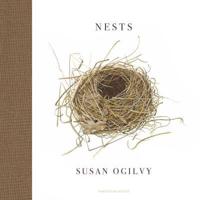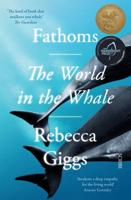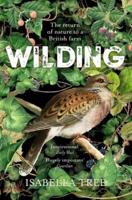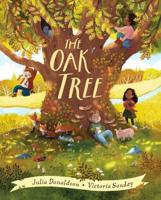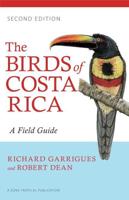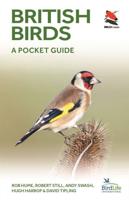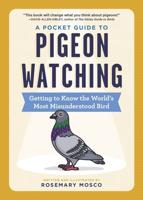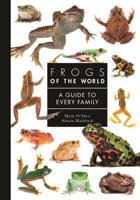Publisher's Synopsis
From the author of Monarchs of the Sea, a first-of-its-kind journey into the hidden world of baby animals-hailed as "a gobsmacking delight!" (Sy Montgomery, New York Times-bestselling author of The Soul of an Octopus)
It's time to pay attention to baby animals. From egg to tadpole, chick to fledgling, they offer scientists a window into questions of immense importance: How do genes influence health? Which environmental factors support-or obstruct-life? Entire ecosystems rest on the shoulders (or tentacles, or jointed exoskeletons) of animal babies. At any given moment, babies represent the majority of animal life on Earth.
In Nursery Earth, researcher Danna Staaf invites readers into the sibling (and, sometimes, clashing) fields of ecology and developmental biology. The tiny, hidden lives that these scientists study in the lab and in the wild reveal some of nature's strangest workings: A salamander embryo breathes with the help of algae inside its cells. The young grub of a Goliath beetle dwarfs its parents. The spotted beak of a parasitic baby bird tricks adults of other species into feeding it. Mouse embryos can absorb cancerous cell grafts-and develop into healthy adults.
Our bias toward adult animals (not least because babies can be hard to find) means these wonders have long gone under-researched. But for all kinds of animals, if we overlook their babies, we miss out on the most fascinating-and consequential-time in the lives of their species. Nursery Earth makes the case that these young creatures are not just beings in progress but beings in their own right. And our planet needs them all: the maggots as much as the kittens!
